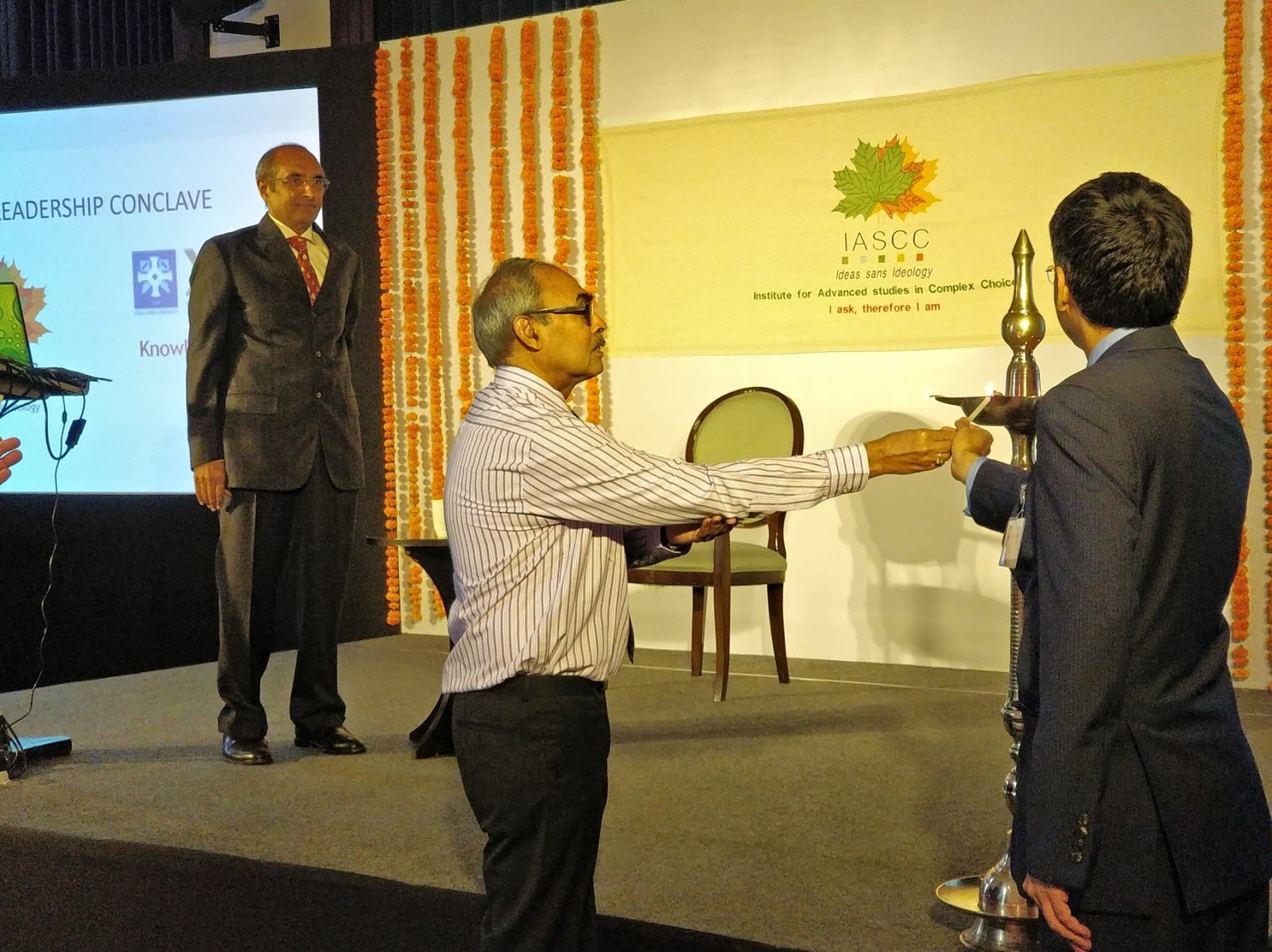Experts Estimates Stagnation in Production May Unfortunately Increase Inflation Over Covid-19
Experts Estimates Stagnation in Production May Unfortunately Increase Inflation Over Covid-19
Economic experts believe that despite the relaxations in the lockdown, activities of production in the factories have not started to suit their potential. In such a situation, the prices of everyday commodities may rise due to lack of supply in line with demand and retail inflation can go up by more than seven percent. Retail inflation based on the Consumer Price Index stood at 6.09 percent in June 2020. However, the Ministry of Statistics and Program Implementation has clarified that these figures are based on limited data collected from the market.

Large-scale data could not be collected due to the applicable lockdown caused by the coronavirus. While wholesale inflation was down to minus 1.81 percent in June, it has risen faster than a month earlier. It was down 3.21 percent in May.
Demand will increase with the implementation of government measures
When asked about the inflation scenario, Dr. NR Bhanumurthy of Bangalore’s BR Ambedkar School of Economics said, “I think retail inflation can go up to 7 to 7.5 percent.” All the financial support measures taken by the government in the recent past are going to increase demand. With the implementation of these measures, demand will increase. To meet this demand, inflation may increase if the supply does not increase accordingly. If crude oil prices increase internationally, then inflation could go up to 8 percent. Fruits, vegetables, fuel costs may increase. ‘
Inflation figures may be close to seven percent

Anil Kumar Sood, professor, and co-founder of the (IASCC), expressed similar views. Sood said, “Inflation could be around seven percent. There is little possibility of a reduction in it. Petrol and diesel prices have increased recently due to an increase in the price of crude oil. Imports of pulses, edible oil are also increasing. The import of rupee against the dollar is costly. Telecom and transportation costs have gone up. The supply chain is not yet fully back on track. Coronavirus remains in effect. Although people are becoming aware, it still needs attention. ‘
The supply chain is not completely back on its feet

At the same time, SP Sharma, the economist of the Board of Commerce and Industry, also said that the capacity utilization in the factories is currently between 50 and 55 percent. The supply chain is not completely normal. However, there should be no problem with production in the case of the agriculture sector i.e. food grains. The crop has been good in Rabi. Kharif is also likely to remain good. But in the case of processing agricultural products and failure of full capacity in factories, supply may be affected.
Economy forecasts to decrease by five percent
If the price of crude oil reaches $ 50 per barrel, it can also have an impact on the cost. Import will be expensive, freight may increase. There is also the issue of migrant laborers. Due to the shortage of skilled laborers, activities are not progressing beyond their full potential. The Indian economy is projected to decline by five percent during the current financial year.
Estimated GDP

Domestic rating agency Icra has forecasted that a 9.5 percent drop will be seen in the country’s GDP during the current financial year. He says that as the danger of the coronavirus is increasing, the lockdown is being increased in many states. This may adversely affect economic activities. GDP is expected to fall by a massive 25 percent in the first quarter. The second and third quarters are also expected to fall by 12 percent and 2.5 percent respectively, which means activities will remain weak. This is the reason that the inflation rate, which has been around six percent so far, may increase in the coming days.




